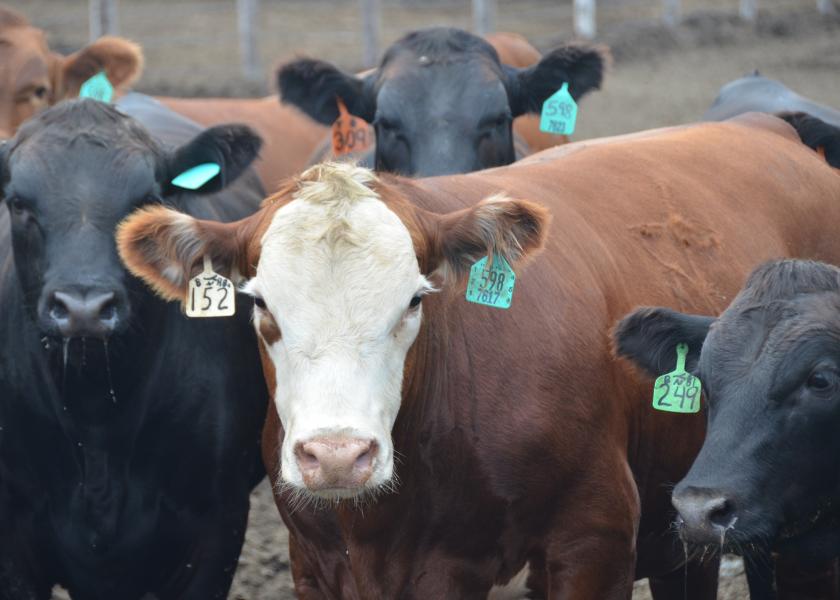NCBA: A Decade in Review

Note: The opinions expressed in this commentary are those of Jennifer Houston, NCBA president, and do not necessarily represent the views of Drovers or Farm Journal.
As we near the end of another decade, many social media users have taken to looking back at the milestones and accomplishments they’ve experienced in their lives over the past ten years – getting married (or divorced), having children, or graduating from college, for example.
It’s called the Decade Challenge, and it got us thinking about what American beef producers have accomplished in the past ten years. Looking back at the record, the progress we’ve made on the issue of international trade and market access has been nothing short of stunning.
Over the past decade or so, total exports of American beef have nearly tripled – from $3.08 billion in 2009 to $8.33 billion last year. That’s real money in the pockets of real American producers. And nowhere have the gains been more impressive than in Asia.
Just look at our top international market, Japan, where we sold $470 million worth of U.S. beef in 2009. Last year our exports there totaled $2.07 billion – a 427 percent increase in the past decade! Gains were even more impressive in South Korea, where our exports skyrocketed from $216 million in 2009 to $1.75 billion in 2018 – a massive increase of 810 percent!
We saw similar gains in other parts of Asia – from $85 million in Hong Kong in 2009 to $966 million last year and from $141 million in Taiwan to $550 million in 2018.
These impressive gains throughout Asia are largely due to the removal of non-tariff trade barriers, such as cattle age restrictions and bans on feed additives. And with lower tariffs now scheduled on our exports to Japan and South Korea, and the possibility of a new trade deal with China (a potential $4 billion a year market for U.S. beef), the 2020s dawn with a lot of promise.
Of course, Asia isn’t the only international market where U.S. beef exports have had a very good past decade. We gained access to Egypt, Morocco, Saudi Arabia, Tunisia, and South Africa. We signed a Free Trade Agreement with Colombia that eliminated an 80 percent tariff on U.S. beef. We signed a Free Trade Agreement with Panama that eliminated a 30 percent tariff on our products. And on Jan. 1, 2020, a new agreement with the European Union goes into effect that will establish a U.S.-specific quota of 35,000 metric tons for beef from non-hormone treated cattle.
Fact is the 2010s have been a decade of unprecedented growth for U.S. beef in markets around the world. Credit for that goes to our American producers, who have continued to innovate and improve the quality and sustainability of our U.S.-produced beef. Today we’re able to produce the best beef the world has ever known – and we’re doing it with a third fewer cattle than we used in 1977.
I also want to give some credit to the dues-paying members of the National Cattlemen’s Beef Association (NCBA.) The lower tariffs and the trade deals I mentioned earlier don’t just happen all by themselves. It takes an organized and active community of producers to make their presence known in Washington and around the world as trade policy is decided, and our members and trade staff have been as involved as anybody in agriculture over the past decade.
We realize that 96 percent of the world’s potential beef consumers live outside the United States, and we’re going to continue working together to build our market share around the globe. If we all work together, I think the 2020s will be as good – if not even better – than the 2010s were for U.S. beef exports.







